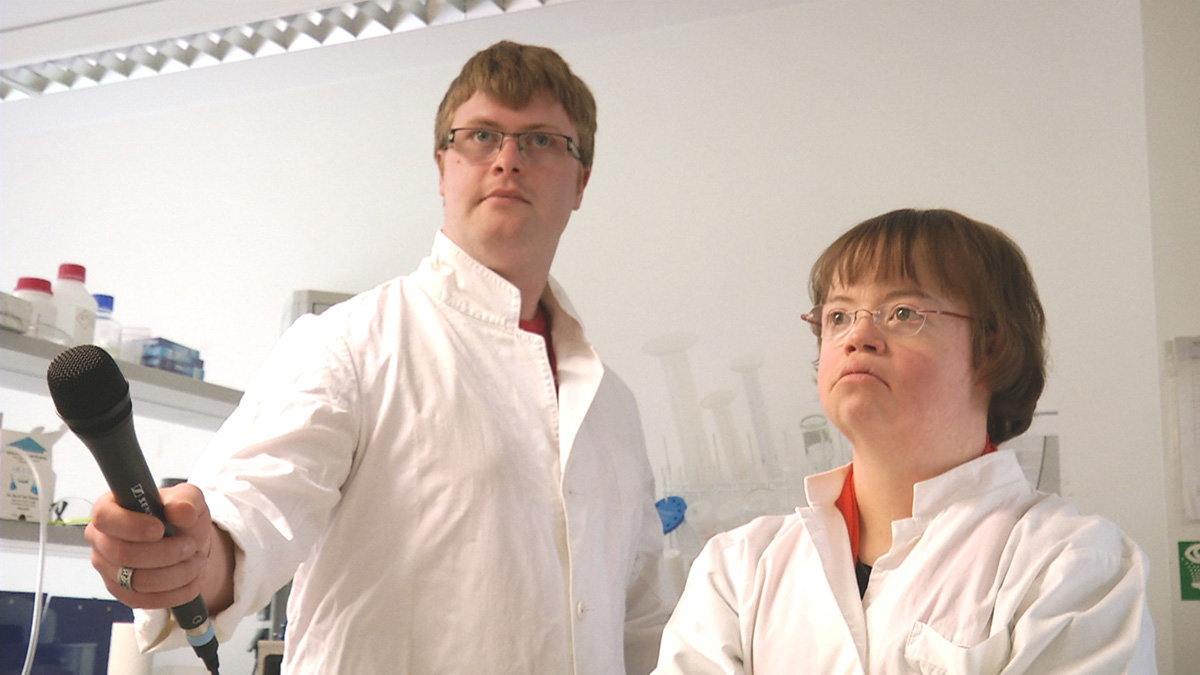
Down syndrome, is a chromosomal disorder caused by the presence of all or part of an extra 21st chromosome. The disorder is named after John Langdon Down, the British physician who first described the syndrome in 1866. Down syndrome affects one in every 150 newborns in the United States and one in every 650 babies worldwide.
History of Down syndrome
John Langdon Down used term “mongoloid” to describe the disorder referring to the facial similarities of patients and those of Blumenbach's Mongolian race. The term was offensive for the people from Mongolia and in the 1960’s they issued a demand to rename the syndrome. Since then, the disorder is known as Down’s syndrome.
By the 20th century, most of the patients with Down syndrome were institutionalized and Down’s syndrome was the most recognizable form of metal disability. In 1868, doctor Down and his wife Mary opened a private asylum called Normansfield, and developed many treatment programs and educational courses.
The exact cause of Down’s syndrome was unknown until 1958, when Dr. Jerome Lejune discovered that one of three types of abnormal cell division involving chromosome 21, is responsible for this disorder. Human cells normally contain 23 pairs of chromosomes, and genetic variations that cause Down syndrome include trisomy 21, mosaic Down syndrome, and translocation Down syndrome. The first case is the most prominent and 90% of all cases of Down syndrome are caused by trisomy 21. A person with trisomy 21 has three copies of chromosome 21, instead of usual two copies. The trisomy is caused by abnormal cell division. Mosaic Down syndrome is a rare type of this disorder and includes some cells with an extra copy of chromosome 21. The cause is, again, abnormal cell division. Translocation Down syndrome occurs when part of chromosome 21 becomes attached on another chromosome. This is very rare form of Down syndrome. Dr. Jerome Lejune was a loving person who dedicated his life to find a cure to Down’s syndrome. He has been named "Servant of God" and his cause for sainthood is being postulated by the Abbey of Saint Wandrille in France.
Current research
There is no definite cure for Down syndrome and most of the scientific concerns today are focused on exploring new ways to increase quality of patients’ lives. Modern genetic studies and super-precise technical equipment have made it possible to push the limits of scientific research even further, and learn more about Down syndrome. In the light of new discoveries, researchers are hoping to find the way to prevent and reverse this chromosomal disorder.

















Your thoughts on this
Loading...